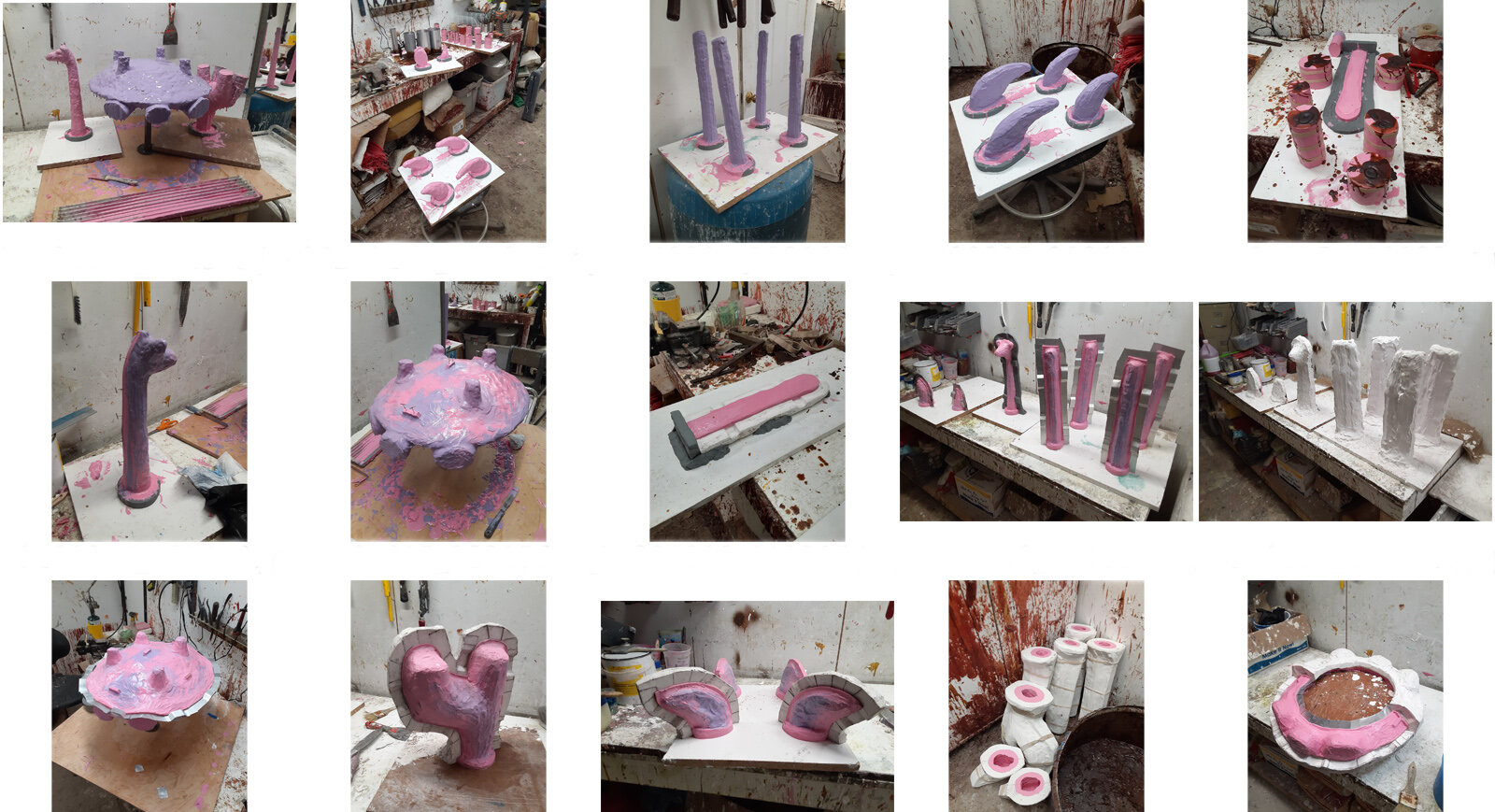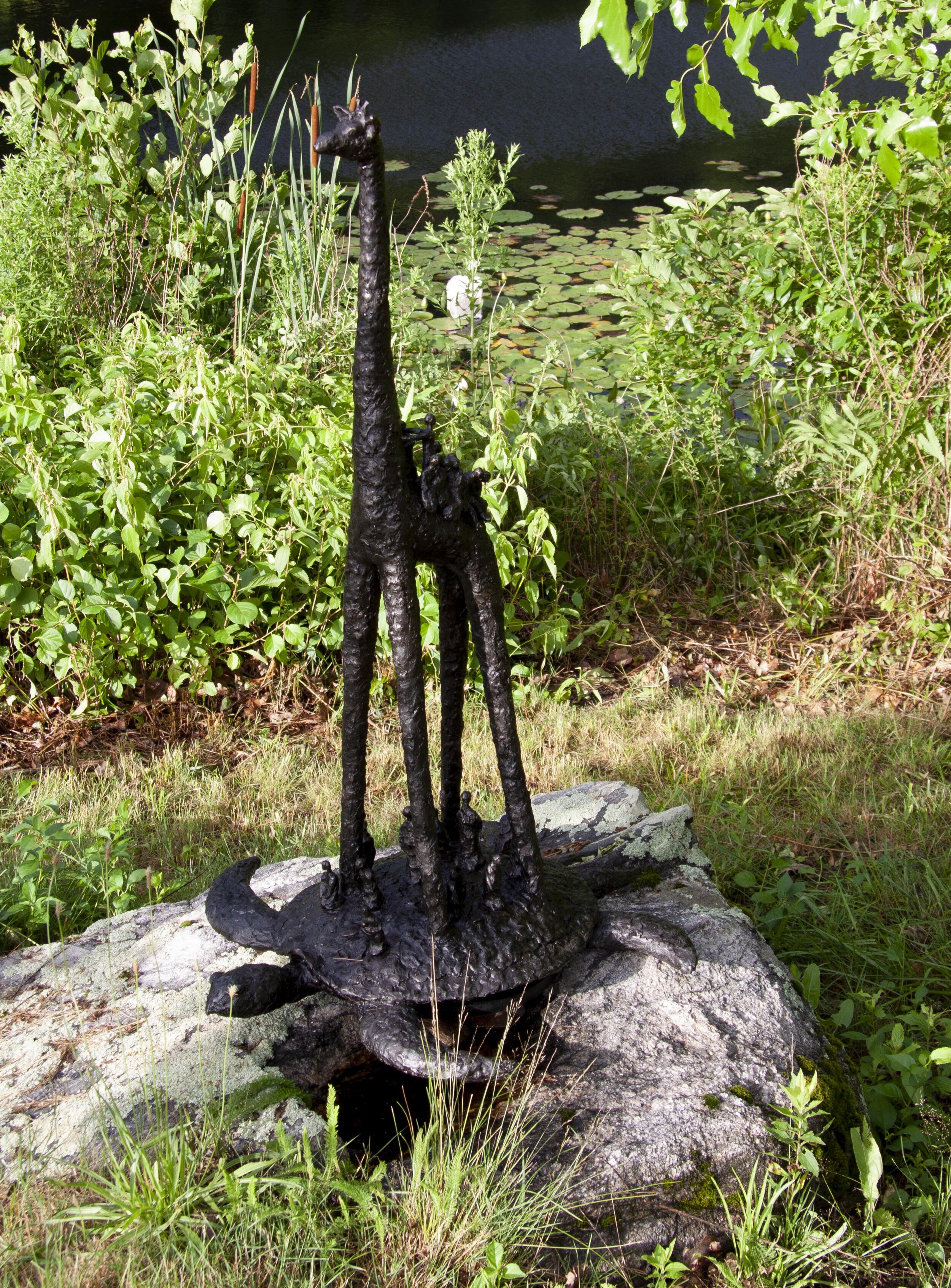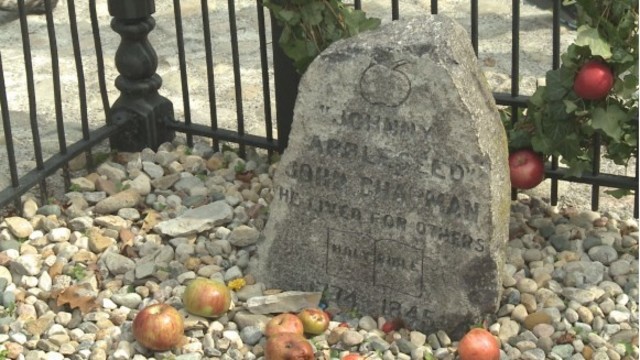I received an email from an apple grower colleague asking if I’d mind if he read a poem I had shared with our holistic apple growers group. He will be speaking at the UU Church in Lincoln, Massachusetts on Sunday, April 25th. I imagine he is speaking for their Earth Day service because of his long history of caring about apples and in particular, the heirloom apples of Maine. John Bunker is not only an apple grower, he is an apple sleuther. He has made it his life’s work to identify as many old apples in Maine as possible. People bring him apples, send him apples, email him photos of apples, and stop him on the street to tell him of old trees they know of and want to identify. John published a book in 2019, Apples and the Art of Detection: Tracking Down, Identifying, and Preserving Rare Apples.
The poem he was referring to in his email was one by the great 14th century Persian poet, Hafez.
An Apple Tree Was Concerned
An apple tree was concerned
about a late frost and losing its gifts
that would help feed a poor family close by.
Can't the clouds be generous with what falls from them?
Can't the sun ration itself with precision?
They can speak, trees,
they can say the sweetest things
but it takes special ears to hear them,
ears that have listened to people
with great care.
Indeed, this poem feels quite timely given wintry weather we experienced here in New England on Friday.
I wrote back to John saying, “Of course! I think Hafez would be delighted.” And I was grateful to be reminded of it, because I, too, will be speaking on that same Sunday at our UU Church in Harvard with good friends, Piali De and her mother-in-law, Marion Stoddart.
Marion Stoddart is well known to many because of her groundbreaking work to inspire and lead the restoration of the Nashua River, at one time one of most polluted rivers in America. Piali De is a brilliant scientist and the CEO of Sensio Systems, an innovative company leading the way to support healthcare at home. We’ll be speaking about lessons learned from restoring the Nashua River, bringing back an abandoned orchard, and raising questions about ownership of land and the importance of ‘common’ land. You can go to the website for the UU Church in the Town of Harvard if you would like to join us next Sunday.
Cultivating Love is part of my new installation for Studios Without Walls exhibit, The Light Gets In, opening on May 28, 2021
Though the Apples, Art, and Spirit blog has been silent in recent months, things are changing. My family has gone through their share of both life and Covid challenges. But we’re coming out on the other side. We’re turning our attention to reopening the farm, taking care of the perennial crops, and planting annual vegetables and flowers.
While weeding the rhubarb I grabbed this fellow. But it did not glide away!
Now we need some cooperation from the weather gods.
Apricots are the earliest blossoming of our fruit trees.
Our apricot tree is in full bloom as are early peaches. It’s likely that we have lost the fruit from these trees. We hope the apples are fine. I’ll be checking on them, and definitely listen to what they have to say.
At the end of my note to John Bunker, I wrote, “Thanks for the reminder. We need each other!”
John quickly wrote back, “Not only do we need each other... we HAVE each other! Hooray!
Yes, we need each other! And we have each other!

















